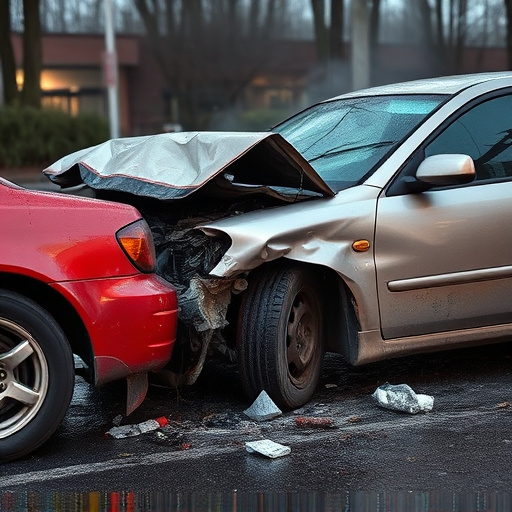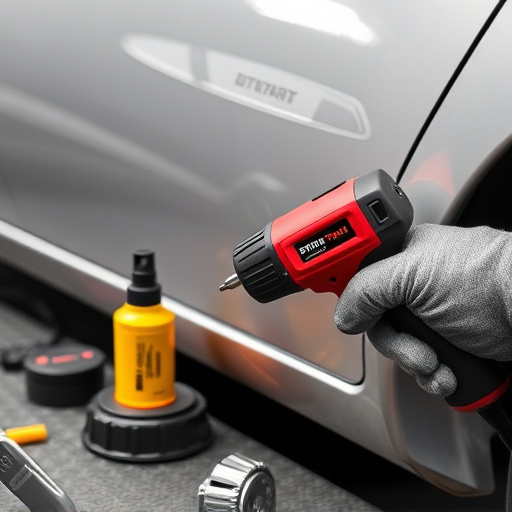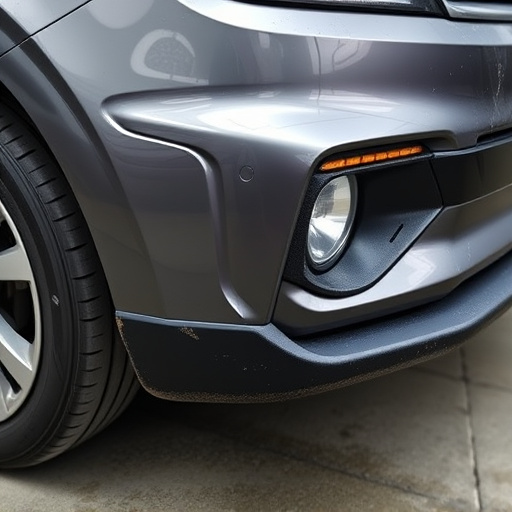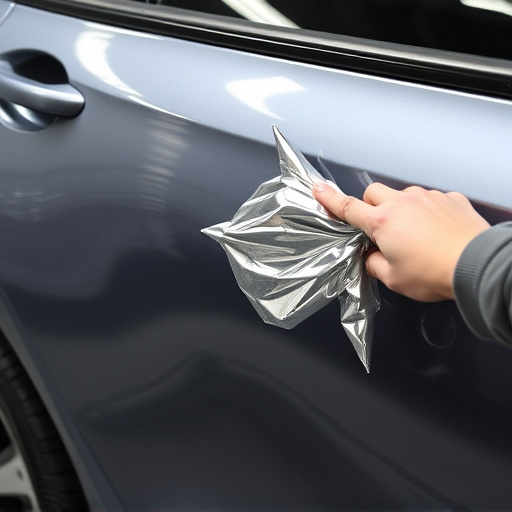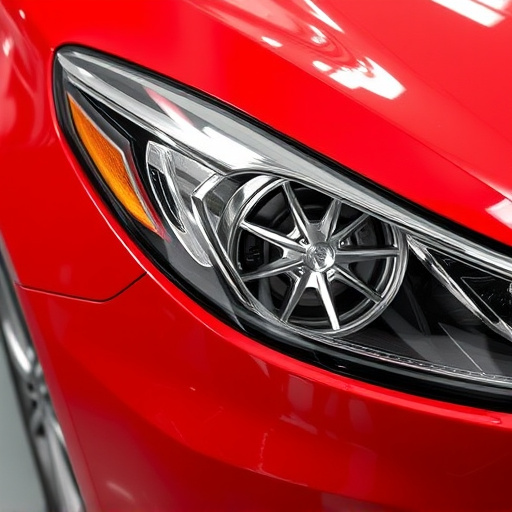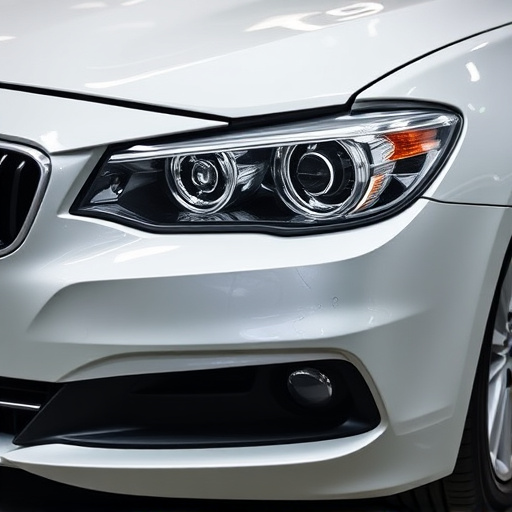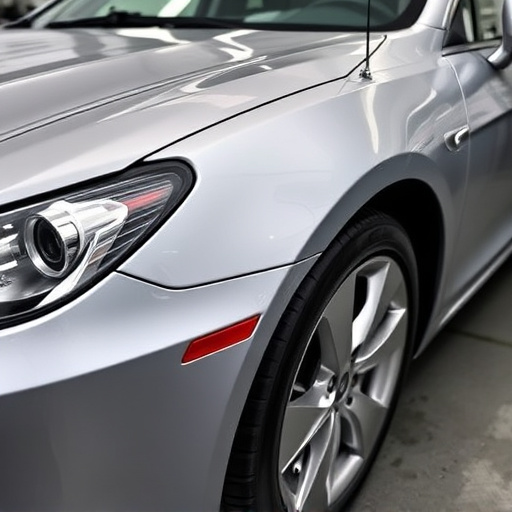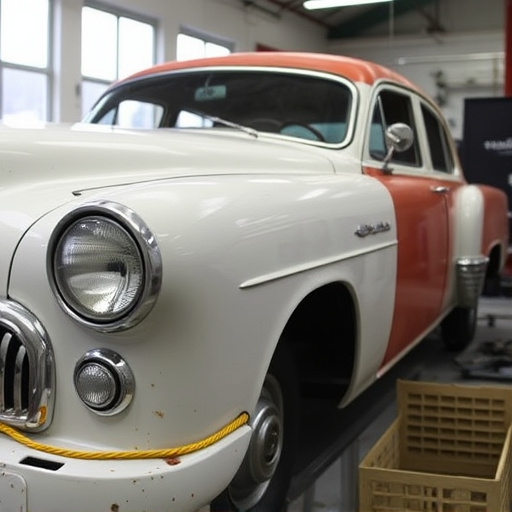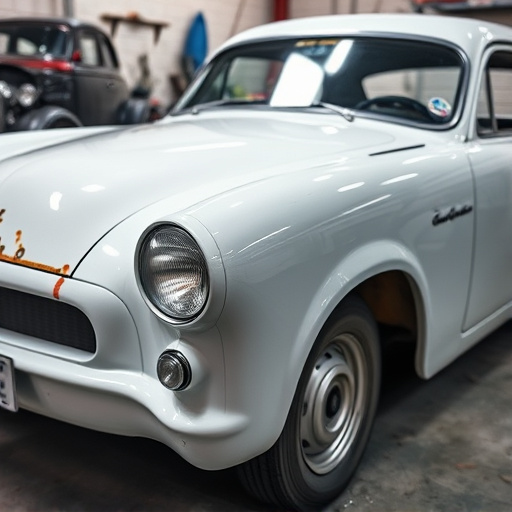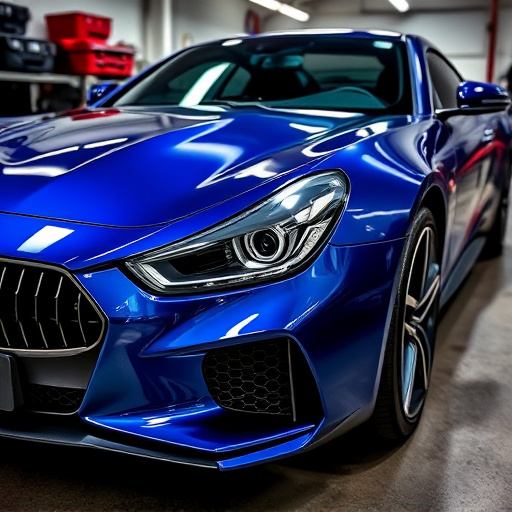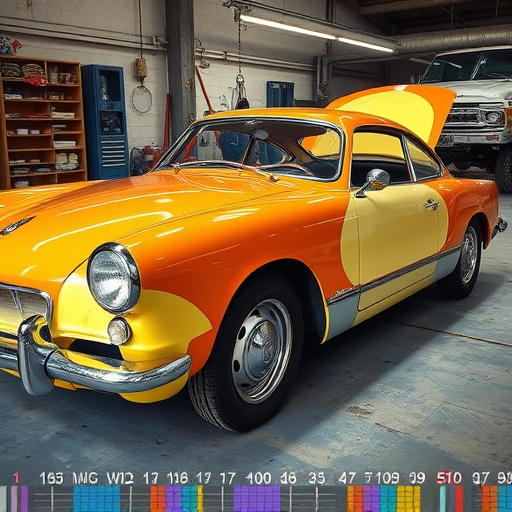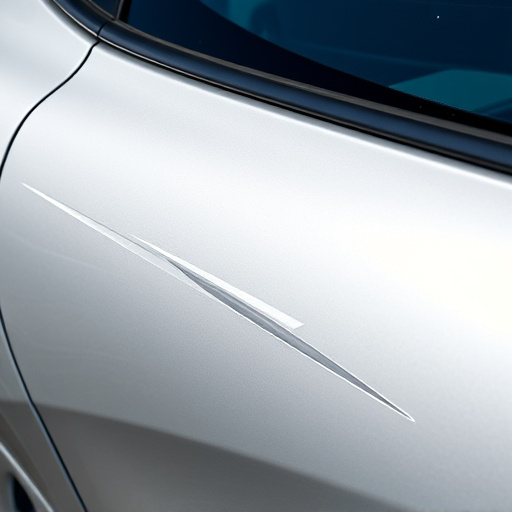Window tinting after replacement offers multiple benefits, including privacy, UV protection, reduced glare, improved fuel efficiency, and enhanced aesthetics. While initial costs exist, long-term savings on maintenance and a more comfortable driving experience make it a strategic investment for vehicle owners. Proper sealing from a reputable service ensures effective tinting that maintains functionality and modern looks post-replacement or collision damage.
Considering window tinting after replacing your car’s windows? It might seem like an extra step, but it offers significant advantages. This article explores why tinting post-replacement is still a worthwhile investment, delving into its benefits for both vehicle protection and aesthetic appeal. We’ll compare costs, discuss long-term considerations, and provide insights to help you decide if window tinting after replacement is the right choice for your needs.
- Benefits of Window Tinting After Replacement
- Cost Comparison: Tinting vs. No Tinting
- Factors to Consider for Longevity and Aesthetics
Benefits of Window Tinting After Replacement
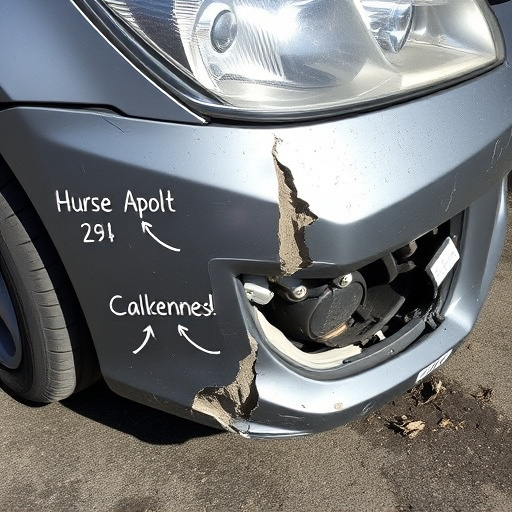
After replacing windows due to damage or aging, many vehicle owners wonder if window tinting is still worthwhile. The answer is a resounding yes! Window tinting offers numerous advantages that enhance both the functionality and aesthetics of your vehicle’s windows. Not only does it provide privacy by reducing the visibility inside your car, but it also acts as a protective layer against the sun’s harmful UV rays, keeping your interior cool and preserving the quality of your car’s upholstery and dashboards.
Additionally, tinting can improve fuel efficiency by reducing heat transfer through the windows, which is particularly beneficial for those living in regions with hot climates. Moreover, many modern window tints come with advanced features like infrared rejection, ensuring better comfort and reduced glare. Opting for window tinting after collision damage repair or a vehicle body shop visit ensures your car not only looks as good as new but also benefits from enhanced safety and performance features that auto repair services can provide.
Cost Comparison: Tinting vs. No Tinting

When considering window tinting after a replacement, one of the key factors to weigh is the cost comparison between tinted and untinted windows. While initial instincts might suggest that omitting tinting saves money, especially for vehicles in fleet repair services or car scratch repairs, the long-term savings may not be as apparent. Window tinting isn’t just about style; it offers practical benefits like reduced glare, improved privacy, and enhanced energy efficiency, all of which contribute to a more comfortable driving experience and lower operational costs over time.
For instance, in vehicle restoration projects, where every detail matters, window tinting can be a game-changer. It protects the interior from harmful UV rays, preventing premature fading of upholstery and dashboard materials. Moreover, it reduces the need for frequent cleaning due to sun damage, saving time and money spent on car scratch repair or other cosmetic touch-ups. In today’s competitive market, fleet owners and car enthusiasts alike are recognizing the value of window tinting as a strategic investment in their vehicle restoration and maintenance routines.
Factors to Consider for Longevity and Aesthetics
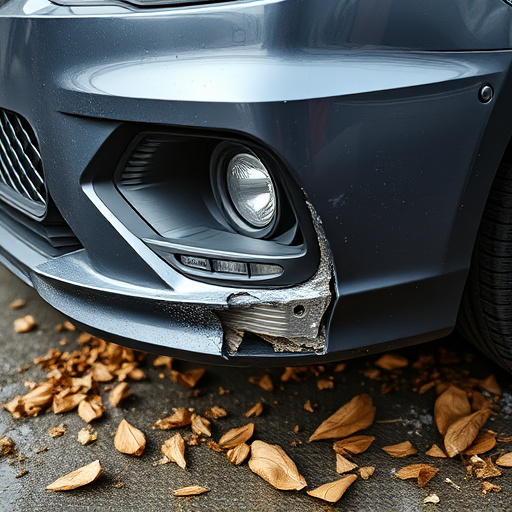
When considering window tinting after a replacement, several factors impact both longevity and aesthetics. First, ensure the new windows are properly sealed to prevent moisture intrusion, which can cause tinting issues over time. Quality sealing is crucial for maintaining the tint’s effectiveness and preventing premature fading or peeling.
Second, choose a reputable tinting service that specializes in post-replacement tinting. They’ll have the expertise to navigate any unique challenges posed by the new windows, whether it’s specific materials or frame designs. Using the right tools and techniques guarantees a seamless application, enhancing both the functional benefits of window tinting—like UV protection—and its visual appeal, ensuring your vehicle retains a sleek, modern look despite the car collision repair or auto body repairs.
Window tinting after replacement can still be a worthwhile investment, offering both functional and aesthetic advantages. While the initial cost may seem steep, considering factors like UV protection, energy efficiency, and enhanced vehicle appearance makes it a compelling choice. By comparing the benefits to potential costs and understanding the key considerations, you can make an informed decision that suits your needs and budget. Window tinting after replacement can be a game-changer for vehicle owners looking to protect their investment and enjoy a more comfortable driving experience.
